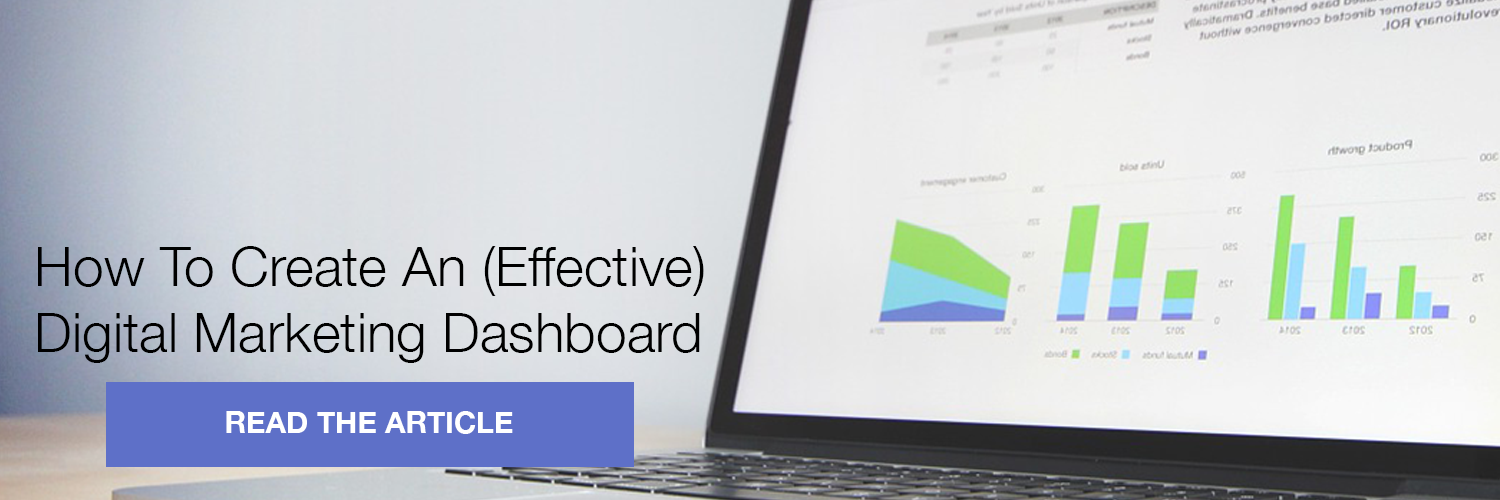
Enterprise companies operate through a complicated mix of digital tools. The industry leaders use those tools to create a simple and engaging customer experiences powered by data.
There is something to be said for out-of-state conferences in February. I’m usually the first to volunteer to take a break from Michigan’s ice and snow in favor of sunshine for a few days. So on January 31, I found myself in Las Vegas with both the President and the VP of Business Development at Springthrough. We attended the Progress NEXT – a three-day conference for industry professionals and partners of the Progress software products. Peppered between workshops and socializing, Progress asked their top executives to discuss the future of digital experiences. One speaker in particular shared a view of the technology industry that I see everyday.
Most enterprises deal with a complicated array of digital tools.
Some tools store and create massive amounts of data. Maybe its for Customer Relationship Management (CRM) or payroll. We use these systems to improve efficiency. They aggregate information and automate activities. In essence, these systems are the engine of your business. We call them “systems of record”. These systems may not look the prettiest to the average user, but for the last decade, your company (and most others) have depended on them.
Other systems build the experience for end users. You build a website or a mobile experience with them. They generate the insight and ideas, rather than the facts and commitments. These “systems of engagement” connect your business with your customers and employees. Many companies are still figuring out how to use systems of engagement to the best potential. After all, these systems are rapidly changing and expanding in the market. But you can’t lead your industry if your customers and employees can’t figure out how (or don’t want to) engage with you digitally.
Advanced organizations bring these worlds together. In an interview last summer, Geoffrey Moore – the man behind the concept of systems of engagement– provided the example of Amazon Prime. Amazon uses incredibly detailed amounts of data to track your preferences, manage the payment of billions of products, and distribute around the world. But their most incredible feat is their simplification of the purchasing experience. According to Moore, “It just takes a lot of the friction our of the consumer buying experience.”
As consumers, we see and expect this type of highly personal, contextual, and convenient experience. Innovation in the consumer IT space has been amazing. We’ve seen the creation and disruption of entire business models in various industries. For example, smart phones with the iPhone, taxi service with Uber (although not here in Vegas), and watches with connected devices like the Apple Watch.
We see the business experience change too, albeit slowly. For the past decade, enterprise IT has largely focused on creating business efficiencies and reducing cost. But today’s workers are also today’s consumers. Even the B2B space competes at a new level. Employees and customers might be working from anywhere, not just an office or cubicle. They may view a vendor’s website on their smartphone while at a networking happy hour. So while every organization needs systems of record to power their work, limiting the user experience, puts you at a competitive disadvantage.
As AIIM asks,“How can it be that I am so powerful as a consumer and so lame as an employee?”
How do you bridge the gap between the highly creative, engaging experiences for the individual and the rigid, frustrating experiences for the professional? Well, you start building systems of engagement to create a simple experience for multiple systems of record.
At the Progress NEXT conference, they presented a slide of how a content management system is no longer just for managing content – it is a system of engagement. A content management system tells a story. A simple web page may pull data from many systems of record. A CRM and a Marketing Automation tool to personalize the customer’s experience. E-commerce systems and ERP systems for order fulfillment. So while the systems of record serve a very necessary purpose, the end users really care about the experience through the system of engagement.
Years ago, one of our furniture design and manufacturing clients wanted to build a new E-commerce website. Previously, they only sold products through a dealer network to business customers. But they saw an opportunity with technology to reach a new market of consumers: the individuals. They needed a seamless experience. We built a website to allow product customization, to charge the correct sales tax by location, and to offer a delivery estimate based on the production schedule. The single act of purchasing a chair required a variety of business systems working in tandem. For the consumer and the marketers managing the site, it needed to be simple.
Expectations continue to rise - with both customers (whether B2C or B2B) and with your teammates. For marketers and IT professionals, you live in a complex environment that you need to make sense of. Many software companies see that value in integrating these systems. One expert on Salesforce, the popular CRM tool, predicted that the company would move towards a more integrated approach. And at the Progress NEXT conference, we heard them discuss a similar approach. Progress acquired Telerik to extend its roots in systems of records into systems of engagement tools and platforms. A website can no longer be a static brochure of your company, people expect it to be powered by valuable, interactive information. That’s why we partner with companies as a strategic resource to make sense of this complex ecosystem of technology.




